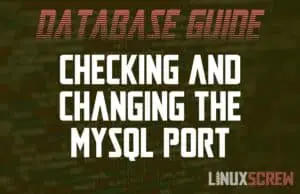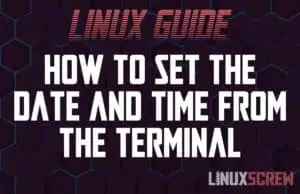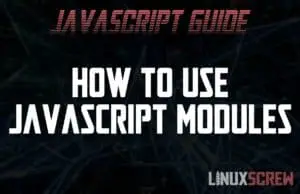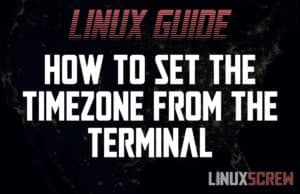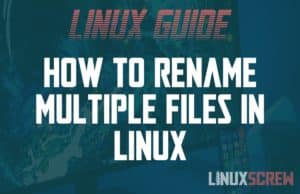How to Use if…else Conditional Statements in PHP [Examples]
Here’s a handy guide on using if/else/elseif conditional statements in PHP to execute code based on certain conditions. if/else statements are found in pretty much all programming languages. Computer programs need to perform actions based on a user selection, or the result of a calculation, or the value received from a sensor – and if/else statements are how this is programmed into the system. When building even the most basic programs, you’ll use them, so they’re worth getting to know. PHP Syntax There are several parts to an if … Read more

![How to Use if...else Conditional Statements in PHP [Examples] 1 PHP If...Else](https://cd.linuxscrew.com/wp-content/uploads/2021/08/php-if-else-feature-300x194.jpg)
![Appending Items to a List in Python with append() [Examples] 2 Python - Append to List](https://cd.linuxscrew.com/wp-content/uploads/2021/08/python-append-to-list-feature-300x194.jpg)
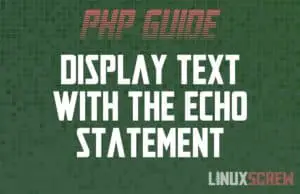
![Limit Column Values With The MySQL CHECK Constraint [Examples] 4 MySQL CHECK CONSTRAINT](https://cd.linuxscrew.com/wp-content/uploads/2021/08/mysql-check-constraint-feature-300x194.jpg)
